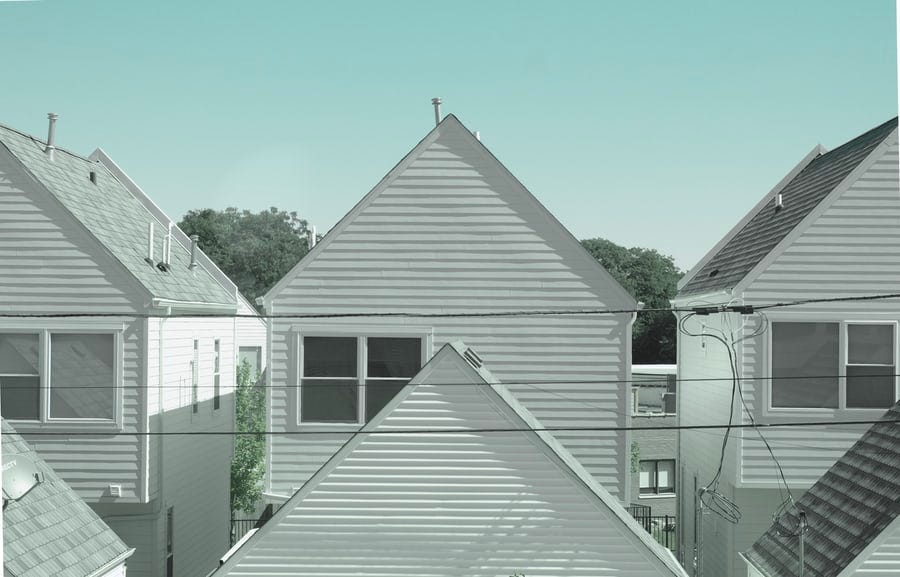Without tying yourself to a specific class or income bracket, it’s important to appreciate where you are now and already how far you’ve come.
If you’re paying your dues to Uncle Sam, although it may be frustrating to hear how much billion-dollar corporations hide their money in tax shelters in the Bahamas to avoid paying less income tax than a low-income earner, at least be proud you are giving back and are a good citizen.
It’s easy to get all riled up and compare yourself to others’ superficial lives online as well, however you should never forget what you have already created and can provide for yourself today. That is a true accomplishment in itself, especially during these high inflationary times when our money doesn’t get nearly as far as it used to.
Living and keeping up with the American Dream is no easy task. That’s why it’s called a dream after all. Stop focusing on what you don’t have and start paying attention to what you do have for unlimited gratitude! Pressure is privilege folks.
Never sell yourself short. Instead of being your worst critic, you must be your loudest cheerleader and focus on your potential. Hire for it too!
In this high inflationary rate hike environment, our money buys us less than we could’ve purchased with it last year and as consumers, we need to become more mindful than ever before of our spending even as credit card debt, defaults, and bankruptcies are at all-time lows since pent-up savings, stimis and low unemployment have fueled thicker balance sheets since June 2020. However, as we head into the fall, economists predict that consumers will really feel the pinch with their savings and spending power after a year of revenge spending since lockdowns began, worrying many about a declining sociodemographic shift within the middle class.

A Little Bit Higher
Breaking it down by income class, inflation hurts lower-income consumers’ bottom line the most since they hold the least amount of discretionary income, have the lowest savings rates (less than 20%), little to no retirement savings, don’t hold the majority of equity in their homes, aren’t financially literate, and are riddled with debt. Navigating inflation while wages are barely keeping up makes it difficult for this subset of consumers to save and have anything left over given higher prices eat into nearly everything.
When it comes to the middle class, as expected just like a ladder, given more passive discretionary income and a larger earned income that places them into the category, inflation doesn’t hurt them nearly as badly due to the buffer however that doesn’t mean they aren’t out of the woods.
In fact, the middle class may need to pay as close attention to inflation than any other signal in the economy given over 1/3rd of those who earn more than $250k (high-net worth/upper class) live paycheck-to-paycheck.
According to The Pew Research Center, a middle-class income is defined as being somewhere between two-thirds and double the median national income (with adjustments for household size) roughly $50–160k in household income.
Given household income and savings have ballooned as the pandemic popularized WFH, side-hustles, and the entrepreneurship wave and the median U.S. home price has neared $420k, income class demographics and measures are constantly wavering given the additional headwinds, most notably based on recessionary fears in the economy.
With that definition in mind, the middle class has been shrinking as 61% of adults in the US were considered middle class in 1971 compared to 50% in 2021. As inflation eats into earnings and paychecks, a single-income household is much less likely to be a part of the middle class now compared to 50 years ago as the proportion has shrunk from 54% to 37%.
At this moment, it’s hard to tell whether the middle class has moved up or stayed put since the pandemic began however these folks, many of whom are immigrants are the bread and butter of the country and as strong consumers, they have a major influence over tax rates, innovation spend and speed, and whether or not robust economic growth can continue to rise.
Although the above figures are important to keep in mind, they aren’t everything and I wouldn’t get too attached to class structure or status. After all, income class status is mainly based on earned income from an employer, not on how much one saves. Given it’s easier to save than earn, many of these figures are hard to interpret as well. It isn’t rare to meet a professional who earns more than you can imagine but keeps none of it after factoring in their kid’s private school tuition, alimony, divorce, Hamptons home, etc. You can be plain rich or real wealthy middle class or not.

High or Low
According to the Pew Research Center, ‘class’ is defined by how high one has climbed the educational ladder while the Brookings Institute determines it by how well someone can afford the ‘3 H’s: housing, healthcare, and higher education.’ I believe these are better indicators, especially when considering how far someone has moved up the socioeconomic income ladder and factor in all the progress they’ve made.
Although it’s easy to get bogged down by all the negative economic indicators and reports these days, there are hopeful signs on the horizon. After all, most Americans are wealthier than pre-pandemic times, inflation has seemed to already peaked this summer as supply-chain imbalances have eased, and corporate earnings have beat expectations.
These days it’s difficult to assess what class you are a part of given you are hopefully building various streams of income outside of your 9–5 and at the end of the day, you shouldn’t tie your identity to it anyways. Your earned income could only represent 5% of what you really earn if you have diversified passive streams ranging from real estate to business ventures to avoid trading your time for money.

